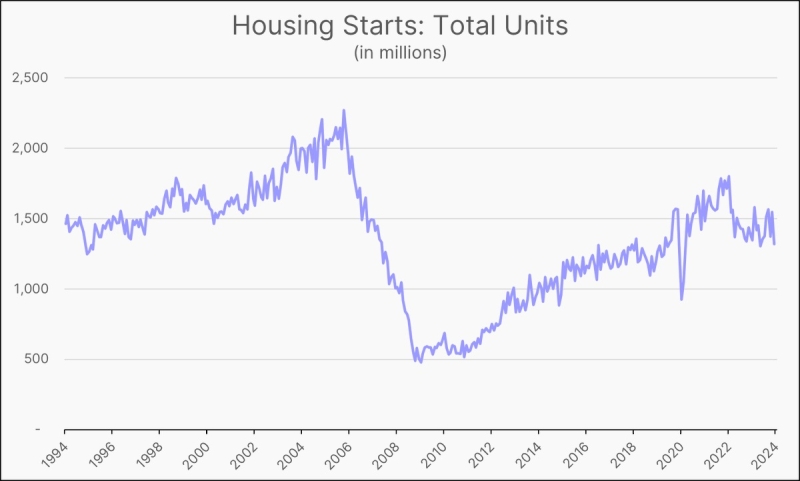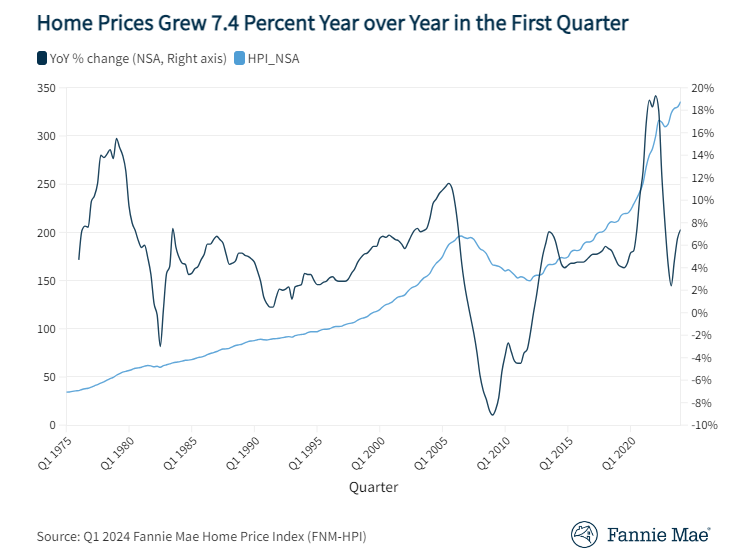Implementing New Technologies to Speed Up the Process and Retain Customers

Every step in the mortgage process is under scrutiny to get things done faster—not always better, but at least faster. And that may or may not be better for customer service and satisfaction. From the first point of contact with the borrower through loan delivery and quality control, mortgage operations managers are under pressure to identify any step that can be automated during the manufacturing process. Accelerating processing requires a significant amount of time in selecting, modifying and implementing the proper solution. Novel technologies can create knowledge and communication gaps in the business, which can prove to be very costly for the unprepared mortgage operation.
Make money, keep customers or both
Establishing priorities for changes to mortgage processing sounds simple, and in principle, it should be. The technology solution must have a central goal to make money, keep customers or both. If the project doesn’t translate into one of these goals, then your project will be low on the list.
Even a simple solution such as income evaluation software needs this level of thinking. If the solution is a glorified spreadsheet and implementation takes months, the organization must ask itself is this helping to make money or keep customers? If the income evaluation solution is software that finds more income on tax returns than a typical manual worksheet, it can help keep customers.
All mortgage operations technology solutions must make a case for the bottom line in a positive way. This central goal for the project will keep technology and operations working together. It will also facilitate making the correct decisions when milestones are to be met and tasks are complicated.
Remove the bias in operations thinking
Mortgage operations managers generally play a key role in new technology acquisitions. They hold the key to the final decision as to how they believe the process can work. Unfortunately, they have an inherent bias in their decision-making. A mortgage expert will tend to overweight what is going wrong today for the associates on the job and undervalue the benefits of finding a new solution. The expert will tend to focus on the struggles with various screen flow or lack of the right fields rather than improving the overall design.
Being excessively myopic is a common bias among the experts. They tend to focus on improving one task for one job role where there is a weakness. This leads to the strongest bias lurking behind every technology improvement— the need to find a quick solution with the least disruption to production.
A good mortgage manager can identify a field or design in a new spreadsheet that appears to improve the process. This isn’t implementing automation. It’s finding a quick fix. Larger scope projects such as adding optical character recognition (OCR)-enabled processes, adjusting workflow to consolidate or separate steps require unbiased attention to a proper development and deployment process. Even out-of-the-box software solutions require some level of unbiased attention. Where the mortgage operations manager is the right person to understand the workflow, a project manager is needed to ensure implementation is successful.
Allow enough time
When an operations request for a change in technology reaches the top of the task list for the development team, there will be pressure to simply follow the operation’s need to solve the problem that is now months old. For larger companies, the problem could be six months to one-year-old.
Operations managers must accept that technology solutions don’t happen in a 30-day window. Loans closing that month will not benefit from the idea. Every solution requires a project plan and timeline that allows for deployment of critical steps for a successful outcome. These include:
►Vetting the problem
►Identifying upstream and downstream impact
►Developing a clearly written description of the project
►Review by the technology development team
►Review of mock ups and demos
►Edits and modifications
►Quality assurance (QA) testing by the tech team
►Complete User Acceptance Testing (UAT)
►Sanity check
►Pilot
►Adjustments based on pilot results
►Phased rollout based on the scope of the change
►Post rollout evaluation and adjustments
Know where your company is different
Most products are not a perfect fit right out of the box, just as no two mortgage operations are the same. The ability to identify the amount of customization required for any out-of-the-box solution is critical in understanding how long it will take for each step in the deployment process. To do this accurately, the operations manager must know how their manufacturing process differs from industry standards and that of their peers. The software developers will have made decisions based on what is considered standard and then include typical customization requests based on the business channel such as retail, wholesale and correspondent, as well as depository and non-depository environments.
Retail operations, in particular, have vastly different ways to move a loan from a lead to underwriting and most are very inefficiently built around the skills of various associates or teams.
Tech developers have a better ability to see the process without regard to the people who will be performing the tasks. This is a good thing. It means the current manufacturing process may need to consider changing important steps to fit what has already been tested as a good process. The choice lies in how you will end up spending the time to deploy the solution. If the operation refuses to change, then it will take more time to customize and deploy the technology. In addition, the operation loses the opportunity to improve. If the operation is open to change, then time will be spent on training and the organization will benefit from improvement and follow a path to keep customers or make money.
Jointly rank implementation risks
The technology and operations team assessing any out-of-the-box solution must work together to fully understand the product features, implementation risks, and desired long term benefits. Implementation risks are the factors that weren’t identified and resolved upfront. For example, the technology team may envision that a change in the manufacturing process is easy in order to fit into the way a particular software solution was designed. On the other hand, the operations manager may feel that the change is obviously too much disruption in exchange for the benefit. There cannot be any unstated assumptions between the tech and operations teams. Every feature on the list should be reviewed by both teams and marked as either essential or non-essential and then ranked by their level of disruption and effort. These simple classification steps will ensure the teams haven’t held back any assumptions between themselves.
Collaborative support
Clicks take valuable time and can add up to a change that may not be adopted by the end user. A good deployment process must be reviewed with multiple end users during the final user acceptance testing (UAT) phase. Of course user acceptance should have already been considered during various development phases. However, the end state typically needs more focus on actual adaptation to a new process. The user must understand the goal of the product and the expectation to adopt a new set of procedures and habits.
User acceptance at the deployment phase is dependent upon a good project manager who understands the purpose of the technology and the goals. The operations and technology teams must work together to create a solid help desk, easy to access FAQs, and job aids.
One of the most important collaborations is the development of the user guide itself. Whether this is an all in one guide, Wiki or interactive hovering to view reference information, it takes well-run collaboration between the technology team and operations team to create an effective user information source. Tech teams are great at illustrating all the predictable steps required. It takes the operations and product teams to fill the gaps for the unpredictable ways the users may actually work the system day to day.
Keep in mind that initial implementation of a new process will slow things down. Yet this shouldn’t stop the road to improvement. Account for it by adjusting the users’ daily work goals and ensure there is adequate tech and training support. It’s amazing how these simple steps keep the users engaged and result in meeting return-on-investment (ROI) expectations of a technology solution.

Alice Alvey is senior vice president at Indecomm, leading the Indecomm-Mortgage U Division, Internal QA and Compliance. She continues to conduct consulting engagements, create customized mortgage training programs, as well as develop compliance product and procedure manuals. She is the author of Indecomm’s FHA Practical Guide and VA Practical Guide. She may be reached by e-mail at [email protected].
This article originally appeared in the July 2016 print edition of National Mortgage Professional Magazine.





